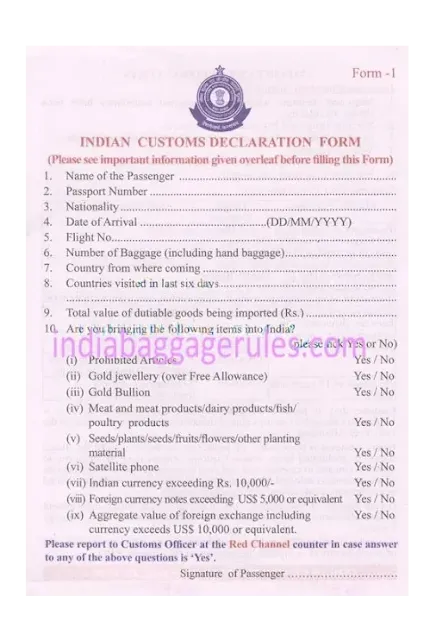The Indian Rupee (INR), symbolized as or Rs, is the official currency of India, managed by the Reserve Bank of India (RBI). Known as "rupaya" in Hindi, the rupee is a cornerstone of India’s economy and a key consideration for travelers and businesses. This guide explores the history, denominations, exchange rates, and practical tips for using the Indian Rupee.
Table of Contents
Overview of the Indian Rupee
The Indian Rupee (INR) is India’s official currency, regulated by the Reserve Bank of India. Its ISO 4217 code is INR, and common symbols include Rs, ?, and ??. The rupee is subdivided into 100 paise, though paise coins are less common today due to inflation. The RBI controls the issuance and circulation of rupee notes and coins, ensuring economic stability.
History of the Indian Rupee
The Indian Rupee traces its origins to ancient India, with the term "rupaya" derived from the Sanskrit word for silver. The modern rupee was formalized during British colonial rule, with the first paper currency issued in the 19th century. After India’s independence on August 15, 1947, the country inherited a non-decimal system, where one rupee equaled 16 annas or 64 pice.
In 1957, India transitioned to a decimal system, introducing paise as the subunit. To differentiate new coins from older non-decimal ones, coins minted between 1957 and 1964 were labeled "Naya Paisa" (new paisa). Over time, the rupee evolved with new designs, security features, and denominations to combat counterfeiting and reflect India’s cultural heritage.
A significant milestone occurred in 2010 when the Indian Rupee adopted its official symbol (?), blending the Devanagari "Ra" and Roman "R" to symbolize India’s global economic presence. Today, the rupee is a widely recognized currency, with notes featuring Mahatma Gandhi and iconic Indian landmarks.
Indian Rupee Denominations
Indian Coins

Indian coins are available in denominations of 1, 2, 5, 10, and 20 rupees, with paise coins (1, 2, 5, 10, 20, 25, 50) largely phased out due to low purchasing power. Modern coins feature the Lion Capital of Ashoka and are made from materials like stainless steel and aluminum-bronze. For more details, explore the history of Indian coins.
Indian Banknotes
Indian banknotes are issued in denominations of 5, 10, 20, 50, 100, 200, 500, and 2,000 rupees. Post-2016 demonetization, new series notes were introduced with enhanced security features like microprinting and UV elements. Each note showcases India’s cultural heritage, such as the Red Fort (500 INR) and Sanchi Stupa (200 INR).
Exchange Rates and Travel Tips
The Indian Rupee’s exchange rate fluctuates against major currencies like the US Dollar (USD), Euro (EUR), and British Pound (GBP). As of May 2025, approximate rates are:
- 1 USD ˜ 83–85 INR
- 1 EUR ˜ 90–95 INR
- 1 GBP ˜ 105–110 INR
Travelers should check real-time rates before exchanging currency. Here are tips for using INR in India:
- Exchange Currency Wisely: Use authorized exchange counters at airports, banks, or RBI-approved vendors to avoid scams.
- Carry Small Denominations: Keep 10, 20, and 50 INR notes for small transactions like street food or rickshaw fares.
- Use ATMs: Withdraw INR from ATMs with international cards, but check for transaction fees.
- Beware of Counterfeits: Verify notes for security features like the Gandhi watermark or security thread.
- Plan for Rural Areas: Carry cash for remote regions where digital payments may not be accepted.
For current rates, visit the Reserve Bank of India or trusted forex platforms.
Digital Payments in India
India has embraced digital payments, driven by platforms like Unified Payments Interface (UPI), mobile apps (e.g., Google Pay, PhonePe), and card transactions. UPI enables instant bank-to-bank transfers using QR codes, widely accepted in urban areas for everything from street vendors to retail stores.
For travelers, setting up a UPI account may require an Indian bank account, but international cards (Visa, Mastercard) are accepted at most hotels, restaurants, and tourist attractions. Always carry some cash as a backup, especially in rural areas or for small vendors.
India’s digital payment infrastructure reflects its push toward a cashless economy, making transactions convenient for locals and visitors alike. Learn more about payment options for travelers in our related guide.
Whether you’re a traveler or curious about India’s economy, understanding the Indian Rupee enhances your experience. From its rich history to practical usage, the INR is more than currency—it’s a symbol of India’s heritage. Happy travels!














